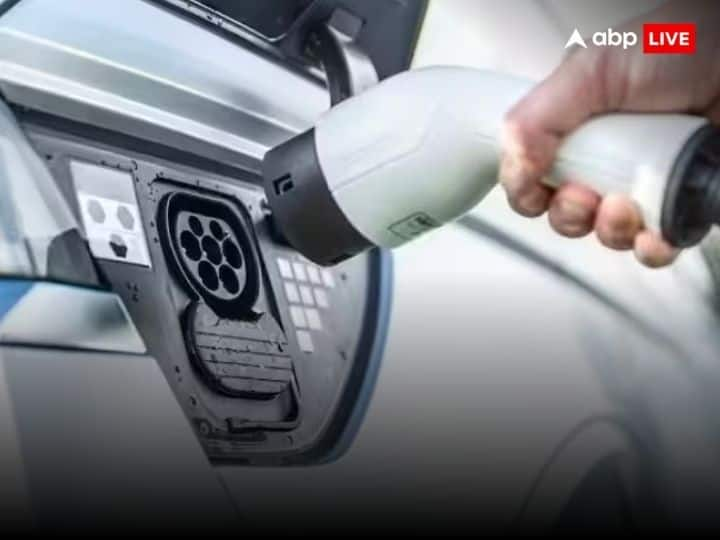India’s journey towards electric vehicles (EVs) is gaining momentum as automakers and policymakers collaborate to address challenges and accelerate adoption. Despite a 20% increase in electric car sales in 2024, with nearly 100,000 units sold, EVs constituted only 2.4% of the total 4.07 million vehicles sold that year. This modest market share highlights the need for innovative solutions to overcome barriers such as limited charging infrastructure and consumer apprehensions.
Innovations in Battery Technology and Charging Infrastructure
To alleviate range anxiety and enhance convenience, companies are exploring battery swapping technology. This approach allows drivers to exchange depleted batteries for fully charged ones at designated centers, significantly reducing downtime. Establishing a widespread network of these centers is crucial for the success of this model.
Leading the charge, Tata Motors plans to more than double its charging points to 400,000 within the next two years. This initiative includes installing 30,000 new public charging points and establishing a ‘Mega Charger’ network with 120-kilowatt fast-charging stations across 500 locations. Notably, this network will be accessible to other EV manufacturers, promoting a collaborative ecosystem.
Maruti Suzuki is also contributing by aiming to install 1,500 EV chargers at service stations and offering home installation services, ensuring accessibility within 5-10 kilometers in major cities. Hyundai Motor India plans to increase its public fast-charging stations to 600 by 2031, up from 50 in 2024, while providing access to 10,000 charging points through private partnerships.
Government Initiatives and Policy Support
The Indian government is actively supporting the EV sector through various policies and incentives. In September 2024, the Union Cabinet approved the ‘PM Electric Drive Revolution in Innovative Vehicle Enhancement (PM E-DRIVE) Program’ with a total outlay of ₹109 billion (~$1.29 billion). This program focuses on providing demand incentives, deploying EVs, and developing charging infrastructure to support wider EV adoption.
Additionally, the government is offering 20 billion rupees ($230 million) in incentives for setting up public fast-charging stations, aiming to boost the EV market share to 30% by 2030.
Market Dynamics and Consumer Adoption
Despite these efforts, the adoption of electric cars, especially in the ₹20 lakh segment, remains sluggish. Consumer concerns about charging infrastructure, battery life, and resale values persist. In 2024, Tata Motors sold 61,496 units, maintaining its position as the top EV seller, while JSW MG Motor saw a 125% increase in sales, selling 21,484 units. Both companies implemented price cuts to stimulate demand.
The two-wheeler segment, however, has experienced significant growth, accounting for nearly 59% (1.15 million) of total EVs sold in 2024. Companies like Ola Electric led this segment with 407,553 units sold. This trend suggests that while electric two-wheelers are gaining popularity, more efforts are needed to boost the four-wheeler EV market.
Future Outlook and Industry Collaborations
Looking ahead, automakers are set to launch around a dozen new EV models in 2025, focusing on longer driving ranges and faster charging times. Companies like Maruti Suzuki, Mahindra & Mahindra, and newcomers like VinFast are gearing up to showcase their new EVs, aligning with the government’s stricter emission norms starting in 2027.
Collaborations between automakers and energy companies are also on the rise. For instance, JSW MG Motor India is partnering with state-owned fuel retailer HPCL to expand its charging network. Such partnerships are essential for creating a robust and accessible charging infrastructure.
In conclusion, while challenges remain, the concerted efforts of automakers, policymakers, and industry stakeholders are paving the way for a more vibrant and accessible electric car market in India. Innovations in battery technology, expansion of charging infrastructure, supportive government policies, and industry collaborations are key drivers in this transformative journey.

